Good roads in Russia are rather exception than the rule, so damage the engine crankcase on our roads is very simple: covered with snow curb, loose lid, deep pit and so on. The list is quite large, so many car owners ask how to protect the oil crankcase engine and whether it needs protection at all. About this further in the article.
Content
- What is a car carter
- Why driver safety and front passenger may depend on the protection of the crankcase during the front collision
- Protect or not protect the car crankcase why it is relevant to our roads
- Under what conditions are better to install Carter's protection
- What can damage the bottom of the crankcase
- Carter protection, which is protection
- Carter protection in the form of a shield from stainless steel, pros and cons
- Aluminum Sheet Carter Protection, Pros and Cons
- Carter protection CARBON composite, pros and cons
- What are the requirements for Carter Protection
- Carter Protection Rules
- Tips Prof.
What is a car carter
Carter is one of the main parts of the DVS. This element is fixed and can be mounted not only on the power unit, A and on the gearbox and other devices and vehicle mechanisms. Carter is a support of different working details. In addition, it is used as protection against getting into various details of garbage, dust and dirt. Carter has a lower and upper part. As for the lower part of its design, it is not rarely used as a container for lubricant.
Why driver safety and front passenger may depend on the protection of the crankcase during the front collision
Different car manufacturers belong to the protection of the oil crankcase in different ways. In most models, the engines from the bottom are absolutely open. And this is reasonable. Designers are trying to make it easier to ease the weight of the vehicle and ensure the best conditions for cooling the power unit to achieve the optimal indicators of the car in economy, pickup and power.
Not the last role is played out and considerations of ensuring the safety of the front passenger and the driver under conditions of a frontal collision. In this case, the power unit should not go into the salon, and down.
Protect or not protect the car crankcase why it is relevant to our roads
Even in the most civilized cities of Russia, the conditions for driving a car with low road clearance are far from ideal. Bricks and stones on the roads are not rare, not to mention the resulting ughabes and pits. In winter, deep ice rhesis appear on them. In addition, whatever the driver would be experienced, sometimes there are such situations on the roads when it is impossible to notice in a timely manner and drive around the pit on the road or a stone.
To protect individual parts and knots from dirt and dust, manufacturers are used by plastic covers and rubber anthers that are not able to save them from damage during the receipt of strong blows. So, when designing cars, designers do not take into account the movement of off-road, as well as inexperienced motorists driven by borders and stones. SUVs have high clearance for this.
But it cannot be said that manufacturers fully ignore this question. Many of them make regular protection of the motor crankcase as an additional accessory to the TC set, and provide in the bottom of the holes with threads for fastening protection. Thus, the buyer can solve himself, to establish protection or not.
Under what conditions are better to install Carter's protection
In principle, it all depends on the model and purpose of the car, the conditions of its operation and the driver's experience. If the car has high clearance and it is operated only in the city on the roads of the European level of asphalt type careful and experienced motorist without bad habits, it means that protection can not be set. In this case, the risk of receiving strikes along Carder is very small. In other cases, the ceter protection is better to install.
What can damage the bottom of the crankcase
Carter is a pallet of a motor that contains motor oil, from where it is drawn to cool and lubricating the crank-connecting and piston system. In the passenger car, it is located below other elements of the bottom and closest to the surface of the Earth. Just measured the road clearance of the car. There are steel and cast-iron crankcase pallets, and on some models - plastic. During a strong impact of a solid and hard object like a concrete curb, a sewer hatch or stone cover, the pallet may be deformed or crack.
Celers, which have appeared from the blows of any foreign objects about the bottom of the Carter, are able to break the operation of the oil pump and lead to the fall of oil pressure. The oil leakage is and leaked through a crack or samples in the pallet. As a result - overheating and outlet of the engine is out of order, and its repair will be as much as expensive than the acquisition and installation of protection.
Carter protection, which is protection
Carter protection is a rigid composite or metal sheet, which is designed to prevent solid items on the bottom of the power unit. It is mounted in front of the shield. His task is to take the energy of impact on itself and transmit it to the power components of the frame and chassis, protecting the motor. Therefore, the shield must be attached exclusively to the bearing frame structures.
In the modern market there is something to choose the protection of the crankcase. Manufacturers offer different samples of products from composite materials, aluminum and steel. Each of the proposed variations has its advantages and disadvantages.
Carter protection in the form of a shield from stainless steel, pros and cons
Stainless steel shields have good strength and is well opposed to repeated impacts, and also differ in low cost. The shortcomings can be attributed to the high weight of the product.
Aluminum Sheet Carter Protection, Pros and Cons
The protection of the crankcase made of aluminum sheet by strength is somewhat inferior to the steel shield, but weighs significantly less than it. Benefits, in addition to low weight, its high resistance to corrosion belongs. At the cost much higher than the steel counterpart. Weak place is the ears of the attachment.
Carter protection CARBON composite, pros and cons
Carboral composite protection is the most practical and durable design, which protective properties exceeds other types of shields. Its advantages are lightness, high strength, resistance to the effect of aggressive substances. The main disadvantage is the high cost of the product.
What are the requirements for Carter Protection
- The high rigidity and strength of the structure is provided by a sheet thickness, as well as the presence of longitudinal ribs or a special profile.
- The presence of technological holes in order to provide access to the drain crankcase corks during the maintenance of the motor.
- It is necessary that the elements of the fastening of the sheet ensure reliable and durable connection to the frame that will endure the blows of solid objects.
- It is necessary that the protective sheet does not interfere with the heat transfer by blowing the engine with air flow and did not deteriorate its natural cooling.
- It is necessary that the protection profile ensures the air gap in two or three centimeters from the crankcase pallet, however, it did not significantly reduce the clearance of the vehicle.
- A protective sheet with a plurality of ventilation gaps and technological holes has a slight strength, so their quantity must be minimal.
Carter Protection Rules
- Raise the car on the lift or put on the pit.
- Systems for fastening protection on various models of cars differ insignificantly. In the set of fasteners, they can have brackets, bolts or nuts. As a rule, the protection guide is attached to the defense itself with a description and scheme. Most often, protection has in front of two or three holes under the fastening bolts, and behind - two ears or wide slits under nuts with washers.
- Install the required mortgage nuts, brackets, align the installation holes on the bottom of the car and protect, then tighten the fastening bolts.
Tips Prof.
When choosing a crankcase protection for your car, pay attention to such moments:
- Reliability of fastening components.
- The presence of light grateproof plugs and covers on technological hatches intended for replacing the filter and oil.
- The presence of damper pads to prevent the knock on the defense system.
- The presence of a special coating for steel products from premature corrosion.
Related Materials
- Stove 2110, bad warm stove 2110, VAZ 2110 heating system, repairing the heating system VAZ 2110 with their own hands
- VAZ 2114 stove blows with cold air, stove 2114, bad warm stove VAZ 2114, device and repair of heating VAZ 2114 do-it-yourself, removing the stove VAZ 2114
- How to subdominize the car. How to put a jack. Types of jacks for cars.
- VAZ 2109 Fuse Block, VAZ 2109 Fuse Block Carburetor, VAZ 2109 Fuse Block Injector, Old VAZ 2109 Fuse Block, VAZ 2109 Fuse Block, VAZ Fuse Block 2109
- Car exhaust gas catalyst, faulty catalyst, pluses and cons of the catalyst, how to change the catalyst on the planeencitel
- Stove blowing cold air VAZ 2114, badly blowing the stove VAZ 2114, why badly blowing the stove VAZ 2114
- How to find out the owner of the car by the number of his car, check the car by the number of the traffic police machine, check the car by the state number of the car for free
- How to choose Used tires, Useful Tips
- Winter car road, pressure in passenger car tires in winter, good battery for the car in winter, whether to warm the car in winter
- In winter, the car is poorly started. How to make a car in winter, do you need to warm up the car in winter, useful tips
- Economy fuel consumption machines, the most economical car consumption
- Tires brands for passenger cars, labeling of car tire labeling, residual passenger car tire protector, how to pick a tire on a car brand, car tire tread pattern
- Working transmission operation, mechanical gearbox clutch work, driving with manual gearbox, useful tips
- Rear beam Peugeot 206 sedan, rear beam device Peugeot 206. Rear beam Peugeot 206 Malfunction, repair of the rear beam Peugeot 206
- Diesel fuel in winter, additive for diesel fuel in winter, how to choose the best diesel fuel
- Diesel winter does not start. How to start diesel in winter, heating diesel in winter.
- Japanese bridgestone tires, winter studded bridgestone tires, bridgestone tires brand
- Tire marking decoding for passenger cars, labeling wheels, how to choose the right tires on the disks
- Diesel engine in winter, launch of the diesel engine in winter, what oil to fill in a diesel engine in winter, useful tips
- LED backlight of the car, the backlight of the bottom of the car, the backlight of the legs in the car, the backlight in the door of the car, the backlight of the car is fine
- Recovered tires, bus tire, restored tire protector, can I use them
- Choose winter tires, which is a winter tires, which pressure in winter tires should be marked with winter tires, how to choose the right winter tires, the best winter tires 2019
- Steering rail rail, knock of steering rack, reasons for the knock and repair of the steering rack do it yourself
- Cameless car tires, a set for repair of tubeless tires, repair of the cannon-free tire do it yourself
- Russian tires, Russian tires Winter, Russian All-season tires, Voronezh AMTEL tires, Tires "Matador Omsk Tire", Kama-tires are world-class bus
- How to open a car without a key. Lost the key from the car what to do, the key from the car inside the car
- Silent tires, quiet winter tires, quiet studded bus, which tires to choose, overview tires
- Tires and safety, safety of the bus, why it is necessary to constantly monitor car tires
- Rules of safe driving of the car in the rain and slush, safe driving of the car for beginners
- Rust converter which is better for cars, rust converters to choose how to use rust transducer, professionals
- Polishing the body of the car do it yourself, how to choose a polishing paste, useful tips
- Engine durability, engine life, how to extend engine life
- Knock in the car. Knock when moving the car. What can knock in the car. How to determine the cause of the knock.
- ABS car, what is ABS car, ABS system malfunction, ABS diagnostics
- Overtaking a car when you can start overtaking a car, rules of traffic rules
- Fuel pump VAZ 2110, VAZ 2110 gas station scheme, VAZ 2110 fuel pump device, VAZ 2110 gas station repair,
- Automotive antennas for radio, automotive antenna device, car antenna do it yourself
- Front suspension Kalina, device front suspension Kalina, knock in front suspension Kalina, repair of front suspension Kalina
- Shock absorber Oil, best oil shock absorbers, pumping oil shock absorbers, how to properly pump oil shock absorber
- Clutch malfunctions, touches clutch, causes a clutch malfunction, how to eliminate
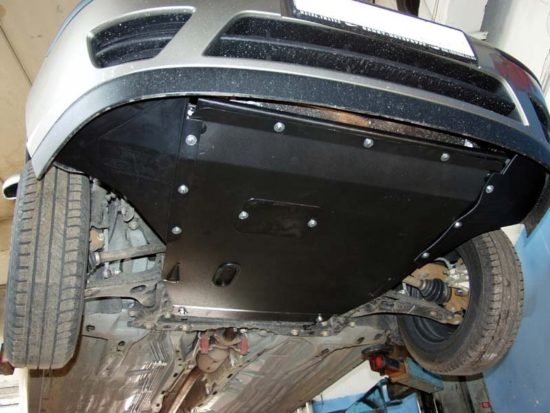
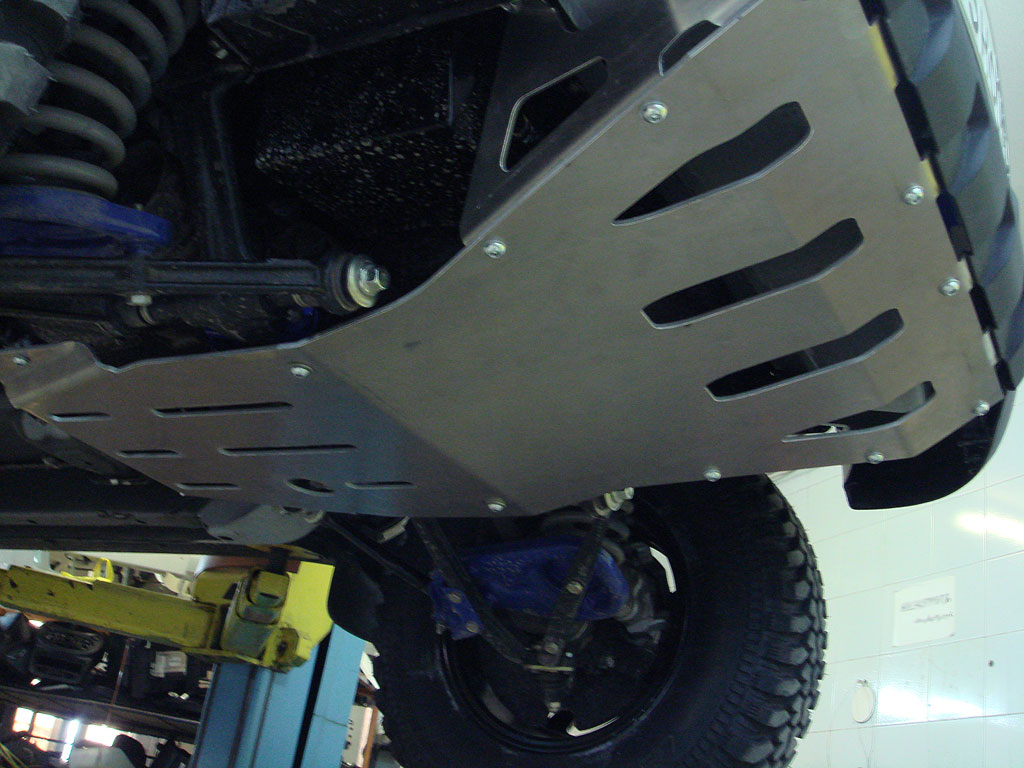
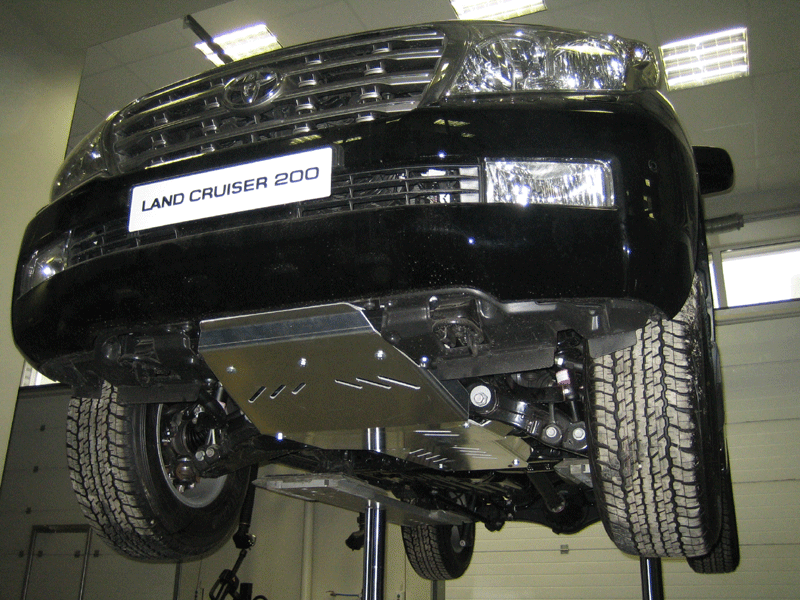
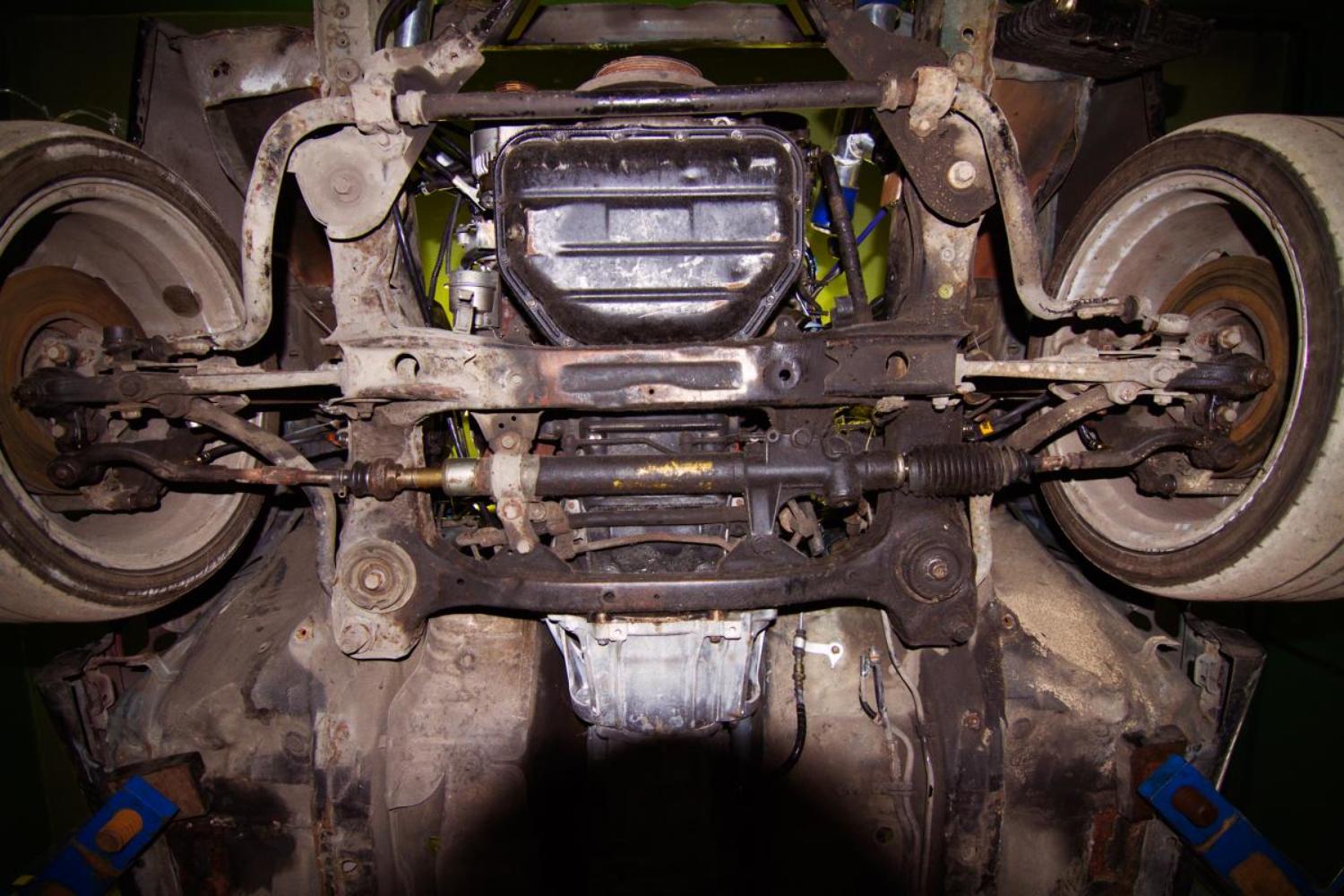
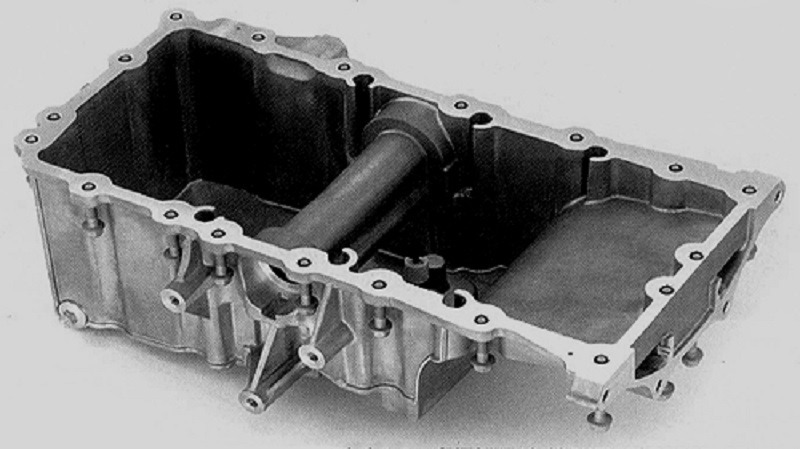
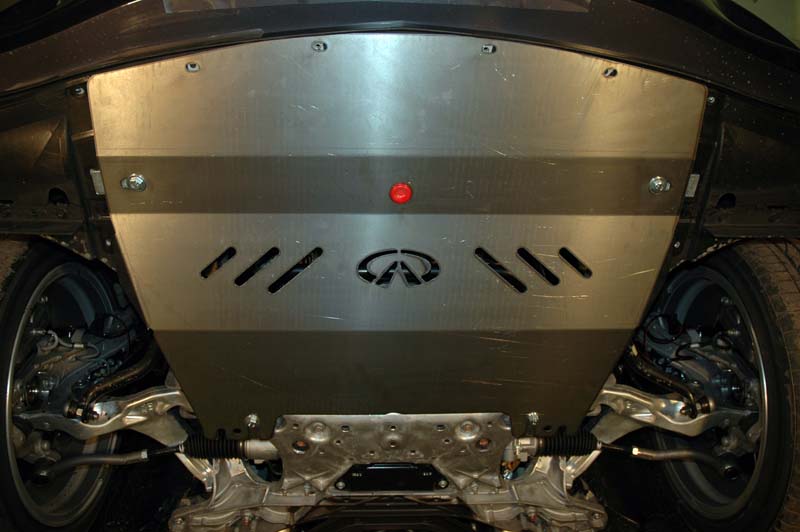
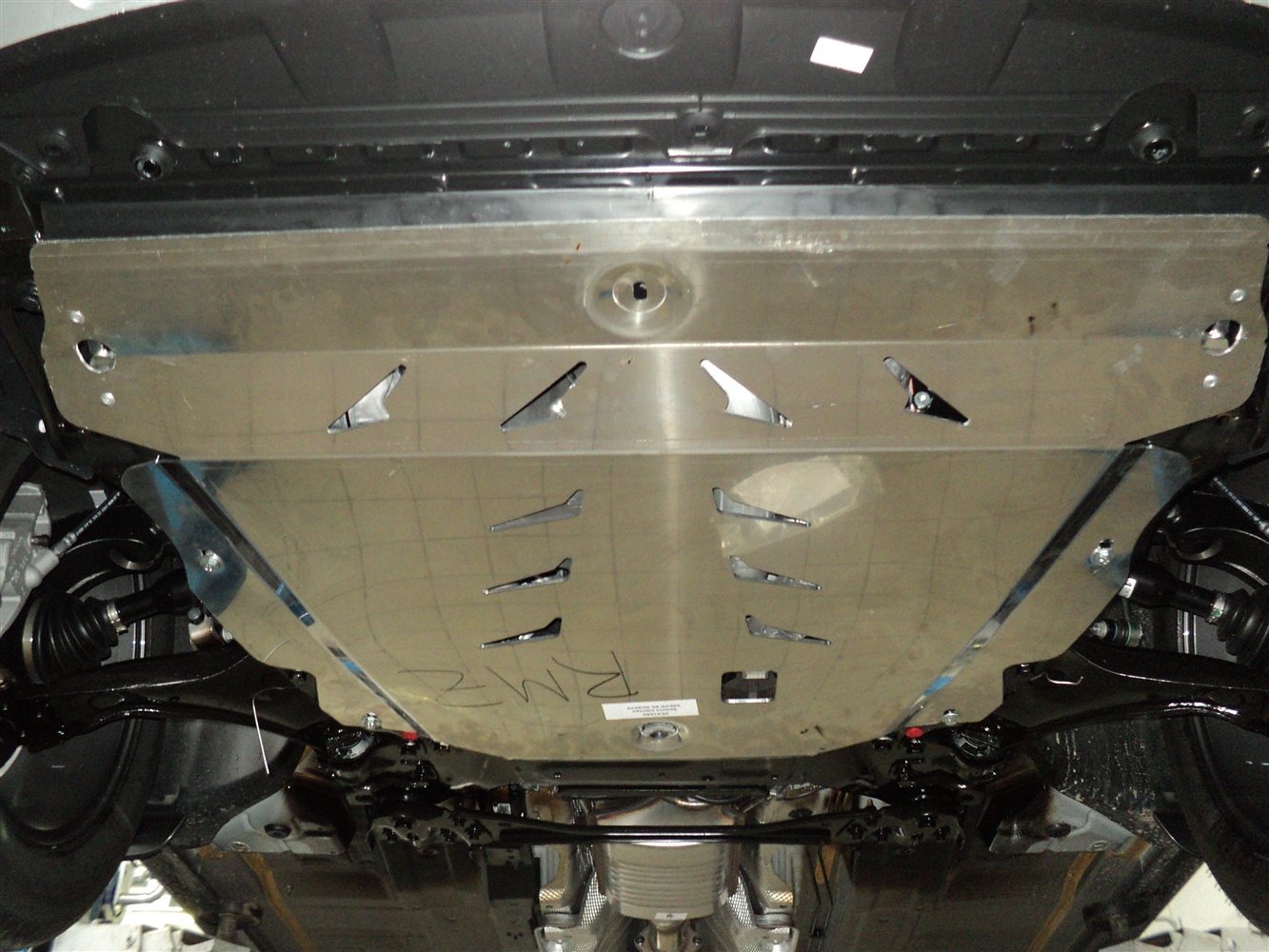
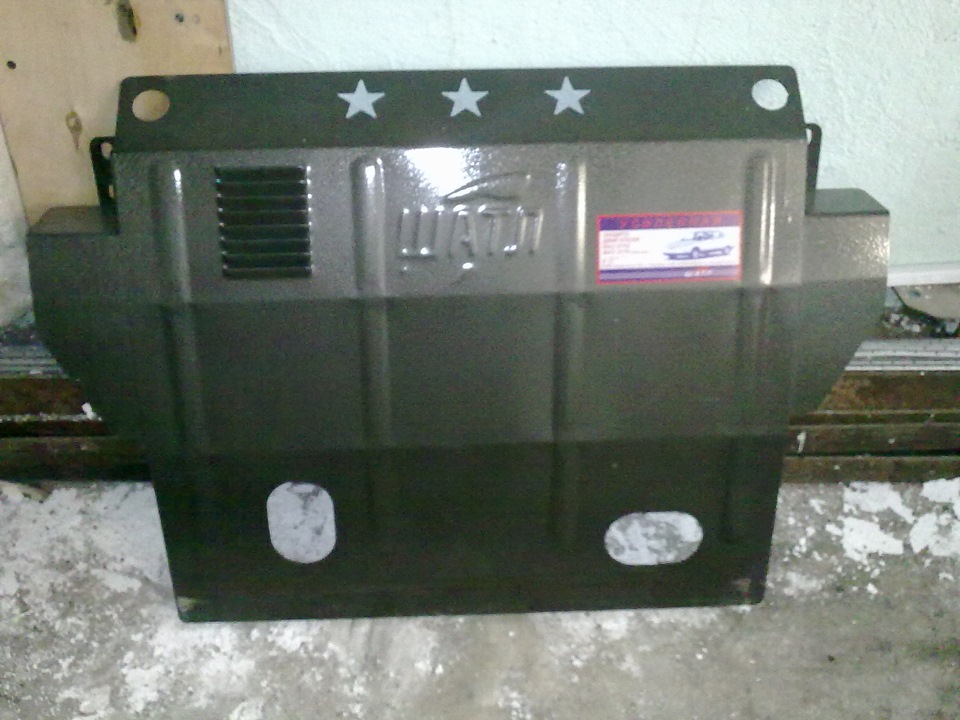
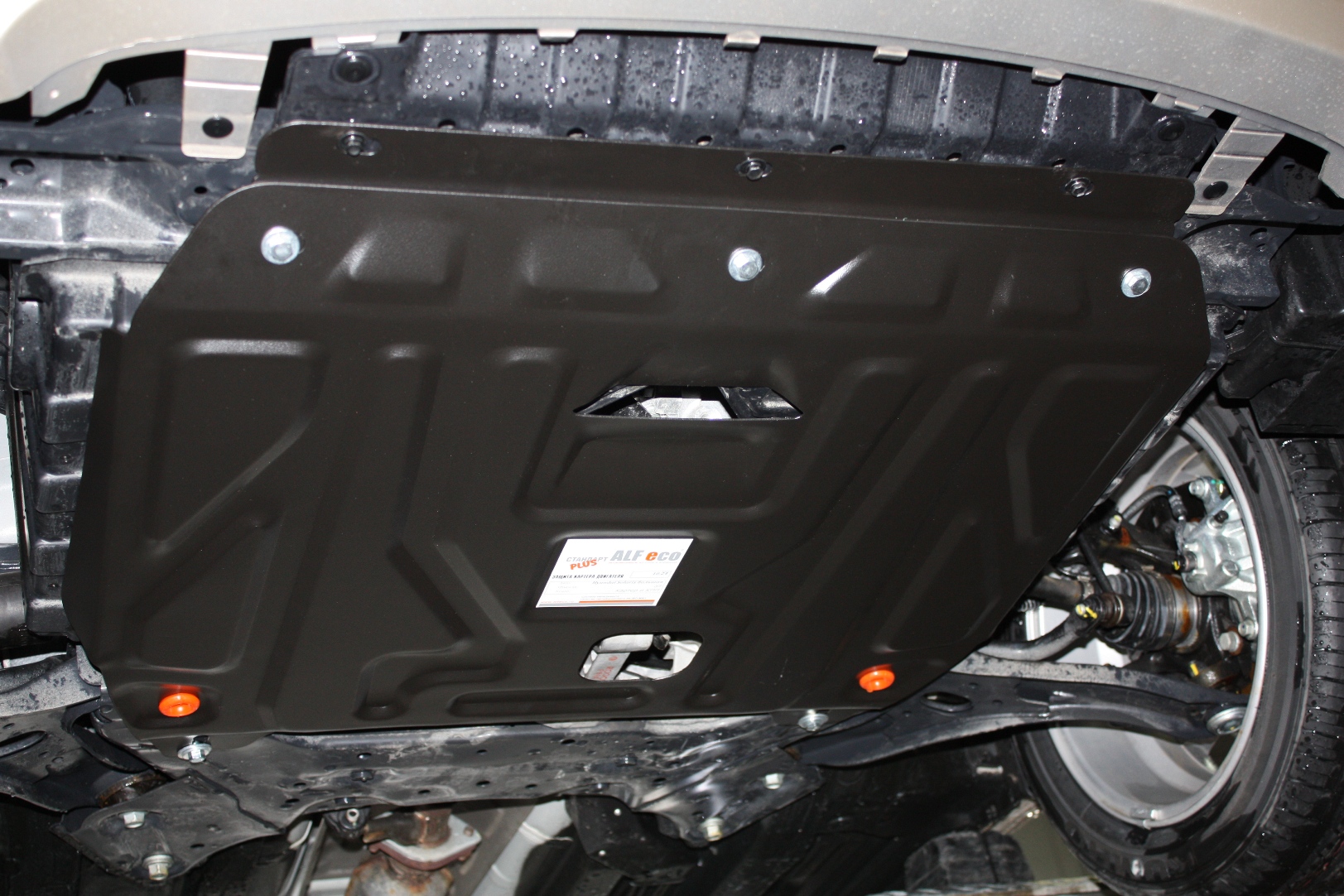
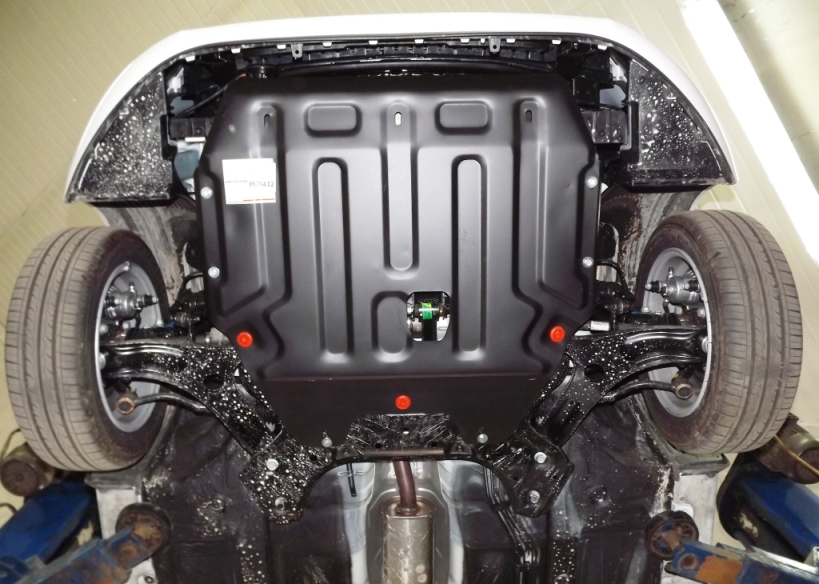
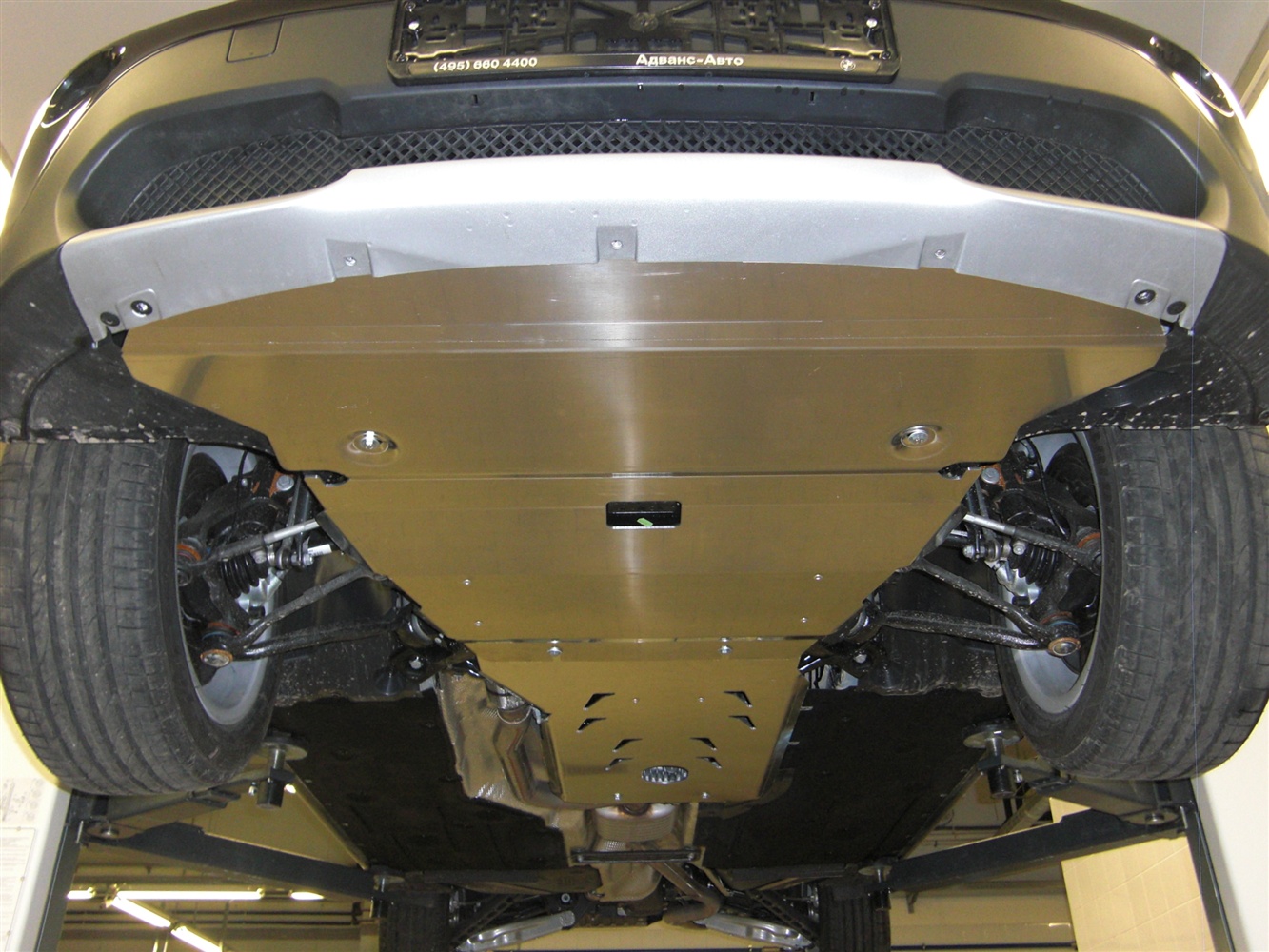
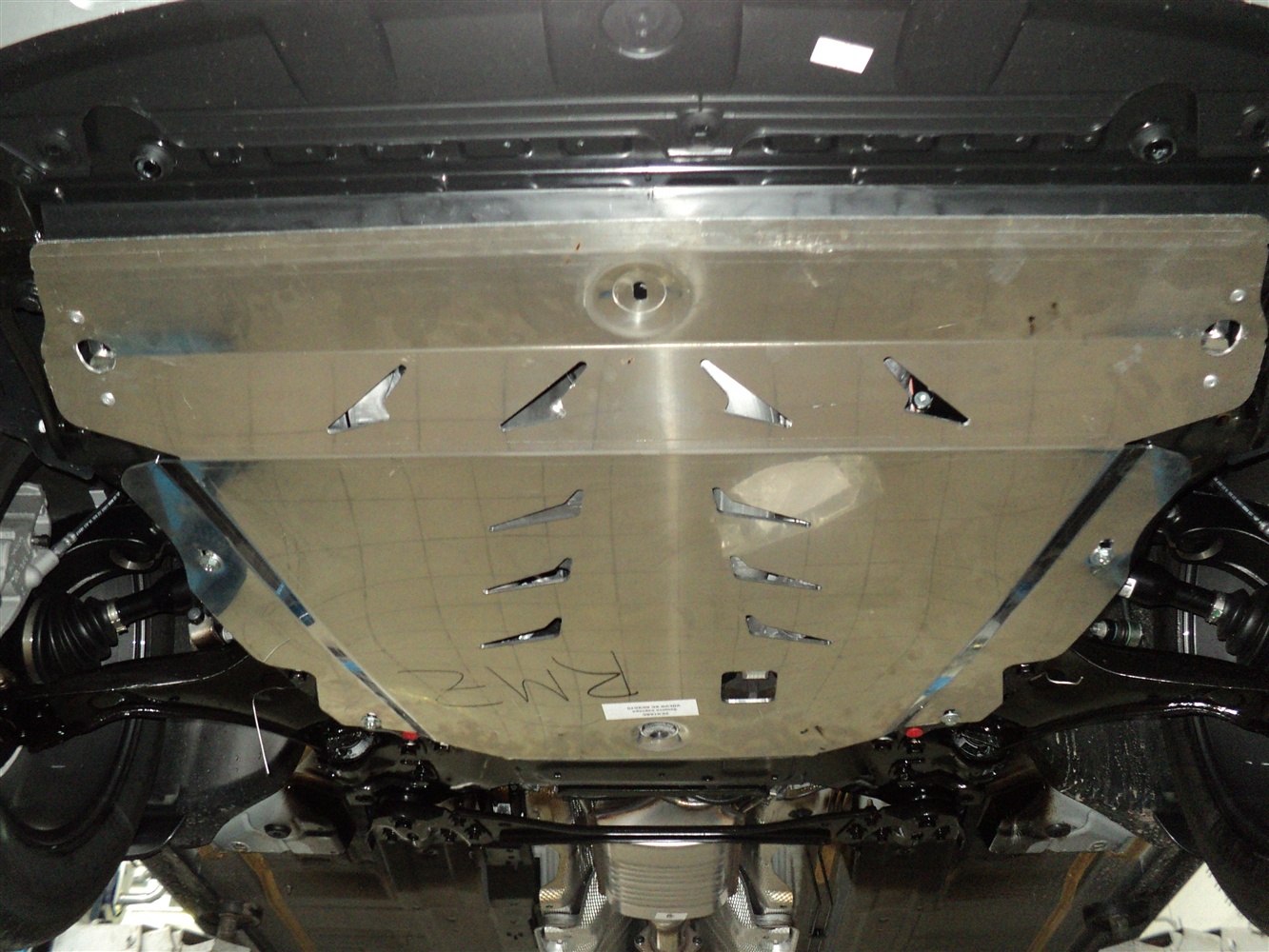
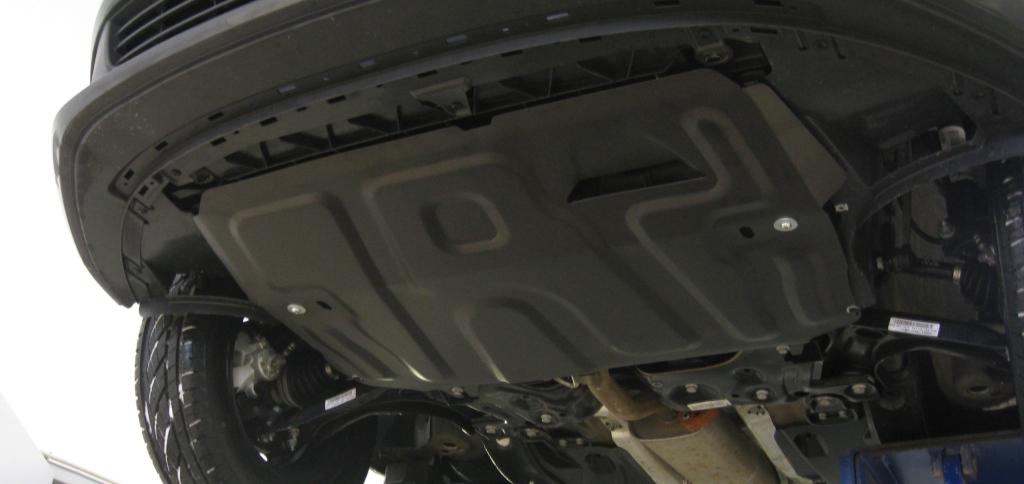
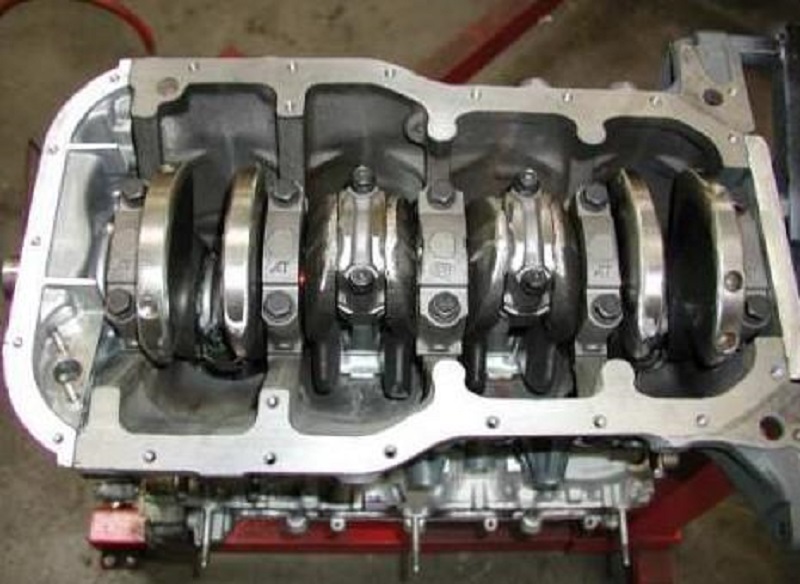

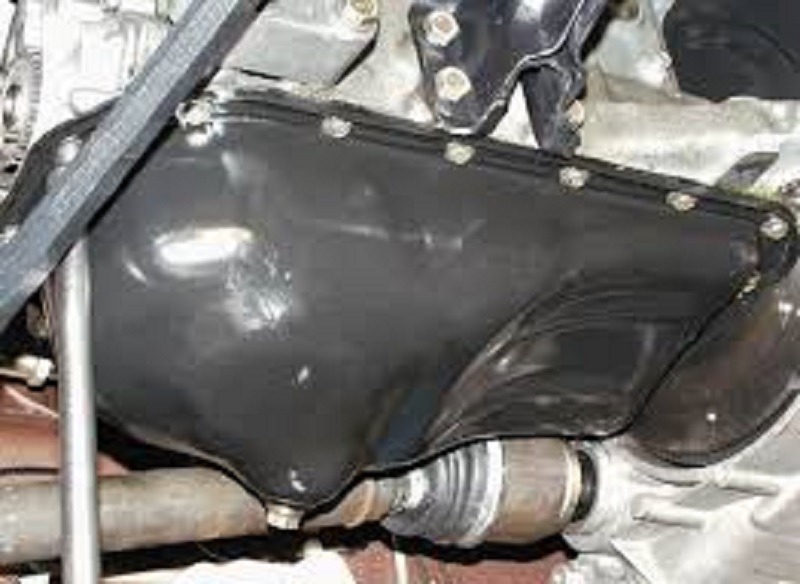






Comments